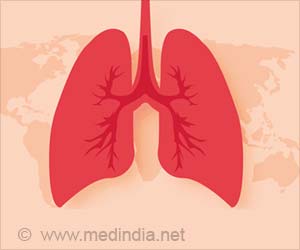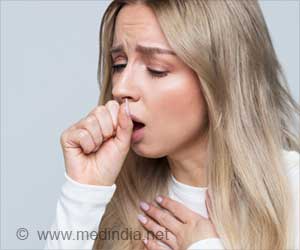
They found that the average annual cumulative incidence of radiologically confirmed pneumonia (World Health Organization protocol) was 26.6 per 1000 population a year, 57.5 per 1000 a year in infants aged 1-11 months, 38.3 per 1000 a year in those aged 12-23 months, and 13.3 per 1000 a year in those aged 24-59 months.
In all age groups, rates of radiologically confirmed pneumonia in children in the arid southern region of the Northern Territory were about twice that of children in the tropical northern region.
“The incidence of WHO-defined radiologically confirmed pneumonia among children in the Central Australian region of NT is the highest incidence reported in published studies using the WHO protocol,” Dr O’Grady said.
“This is unacceptable in a wealthy country like Australia, and reducing this disease burden should be a national health priority.”
In another research paper published in the same issue, Dr O’Grady and co-authors found that rates of acute lower respiratory infection (ALRI) and bronchiectasis in Northern Territory Indigenous infants were excessive, with early onset, frequent repeat episodes and a high prevalence of comorbidities.
Advertisement
“The high proportion of infants admitted to hospital with an ALRI and a comorbidity of anaemia, gastroenteritis and/or malnutrition, potential risk factors for ALRI, is likely to be important. However, among studies using the WHO protocol, there is limited reporting of these conditions in populations without a high burden of HIV and malaria.
Advertisement
Dr O’Grady said the high proportion of radiologically confirmed pneumonia in bronchiolitis episodes was consistent with emerging evidence that viruses played an important role in the aetiology of pneumonia, independently and as interrelated agents in bacterial infections.
“The high rates of ALRIs and bronchiectasis in Northern Territory Indigenous infants warrant immediate attention, particularly given emerging evidence that suggests respiratory disease in infancy contributes to chronic lung disease later in life” Dr O’Grady said.
“The response must be multipronged: research must continue, and policies that change the living environment and facilitate hygiene, improve educational outcomes for parents of the future, and enhance parenting skills must be a priority.”
The Medical Journal of Australia is a publication of the Australian Medical Association.
Source-
SRM













